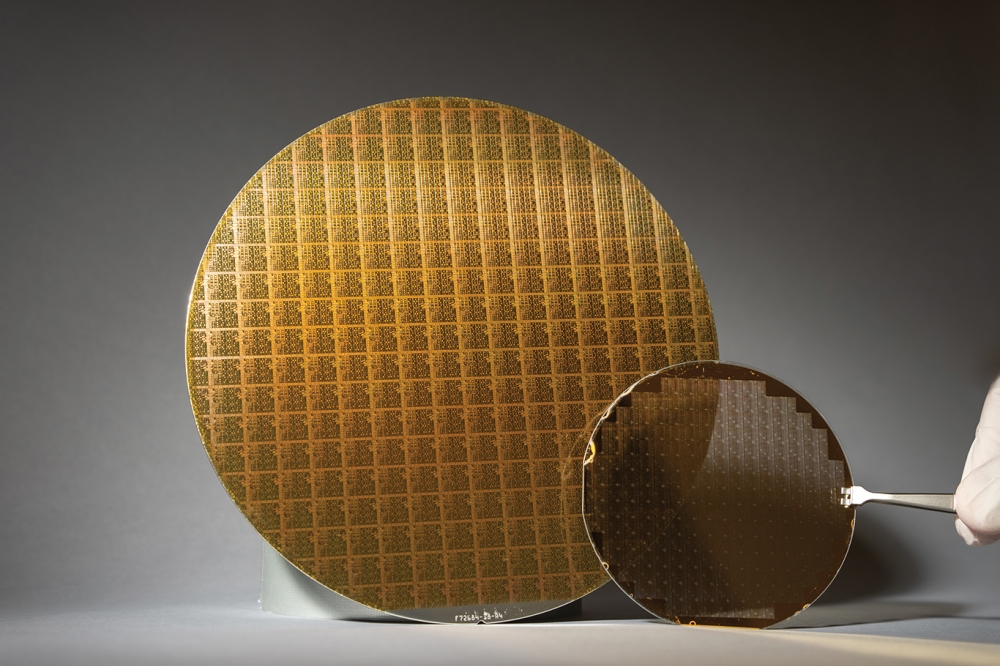POET demonstrates PIN Photodetector for 100G to 400G Transceivers

Evanescently-coupled twin waveguide structure with integrated spot-size converters is compatible with recently announced Optical Interposer Platform
POET Technologies, a manufacturer of optoelectronic devices, has successfully demonstrated a high-frequency waveguide integrated PIN Photodiode targeting 100G and 400G data centre applications.
The device has a 3dB optical bandwidth of 37GHz, which is a typical requirement for achieving 50 GBaud data rates. The achieved native bandwidths are more than capable of supporting the requirements of a 100G Receive Optical Engines (four lanes at 25Gb/s each), and they can be extended to support 200G/400G engines, according to the company.
Unlike more conventional top-entry PIN photodiodes, POET uses an evanescently-coupled twin waveguide structure with integrated spot-size converters that is compatible with its recently announced Optical Interposer Platform and is designed to operate in the wavelength range from 1310nm to 1550nm.
The waveguide integrated PIN diode is said to provide good responsivity with superior flatness of the RF response. Additionally, the integrated spot-size converter is sadid to increase fibre-coupling efficiency as well as alignment tolerance. Importantly, this key differentiating feature of the technology and product enables POET's PIN detectors to be passively placed on the receive side of an optical interposer without compromising coupling efficiency.
This approach is expected to result in lower production costs during volume manufacturing. The company has been able to demonstrate fibre-coupled responsivity in excess of 50 percent, meeting the initial requirements for a Receive Optical Engine. The integrated waveguides are also engineered to exhibit low Polarisation Dependent Loss (PDL) "“ a key requirement for PIN Photodiodes.
POET aims to provide engineering samples for its PIN Photodetectors by mid-2018 for use in its Receive Optical Engines.


































